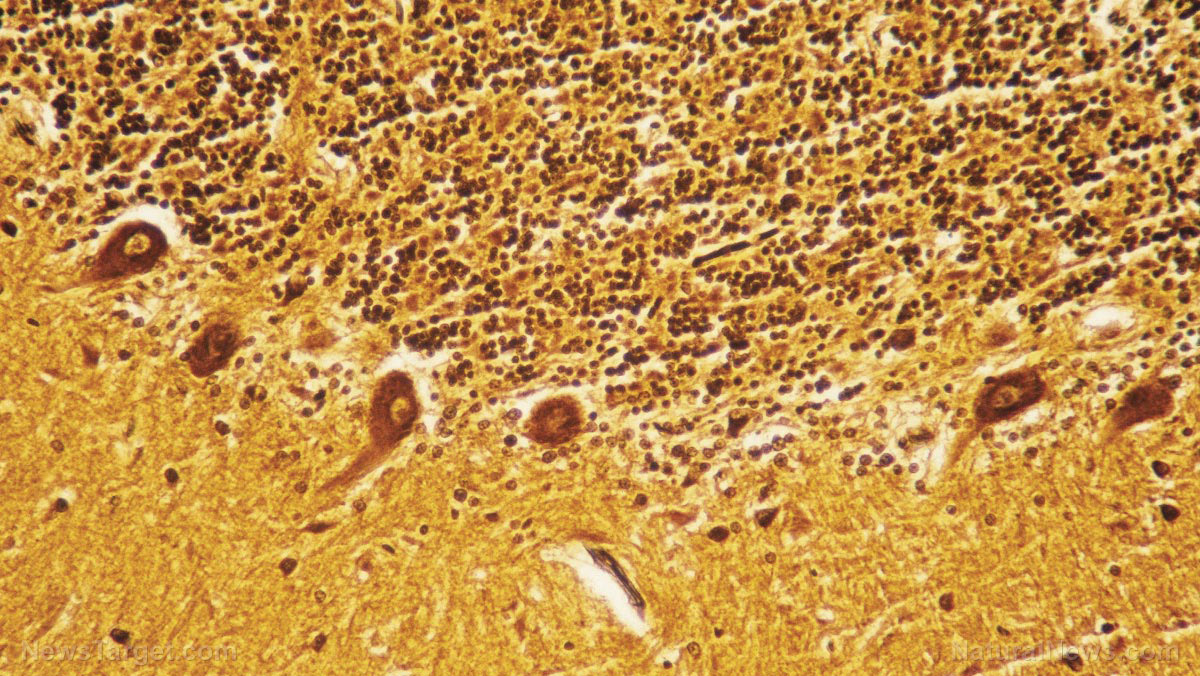Toxic blood infections can be eliminated using MAGNETS, says British inventor of machine that’s about to begin human clinical trials
05/30/2017 / By Isabelle Z.

Known as “the silent killer,” sepsis has a hand in nearly half of our nation’s hospital deaths, according to a retrospective analysis involving 6.5 million hospital discharge records in the U.S. Patients might have been weakened by cancer, heart disease, or another illness, but it is sepsis that often proves their ultimate undoing. This makes it the number-one killer of hospital patients, with more than one out of every five of the 1.5 million people it strikes each year not surviving.
This deadly but all-too-common complication occurs when a person’s immune system overreacts to even the most ordinary infection. It can affect anyone, although it’s more common in those under 1 and over 65 years old, and symptoms include shivering, clammy skin, confusion, extreme pain, a high heart rate and shortness of breath.
Now, a British scientist has come up with a novel solution to this deadly problem in the form of a device that “sieves” blood and works using a premise similar to dialysis. Dubbed the MediSieve, the machine pumps infected blood from a vein in the arm. Once inside the machine, magnetic particles seek the sepsis-causing bacteria and bind to it. The magnetic particles also seek and bind to the fragments of old microbes known as endotoxins that sometimes accelerate the illness.
Once the magnetic particles have bonded to the dangerous bacteria, they are caught in a magnetic sieve. The clean blood is then pumped back into a second vein in the patient’s arm. It takes just a few hours to go through a person’s entire blood flow, and everything happens inside the machine; magnetic particles do not enter the body at any point.
Dr. George Frodsham came up with the concept while working on his Ph.D. at University College London. They’ve already come up with a prototype, and the machine is expected to undergo its first clinical trials on humans next year. They are also exploring whether it could be used to help blood-borne diseases like leukemia and malaria.
Sepsis is a growing problem
The invention couldn’t have come at a better time. The CDC reports that deaths from septicemia rose 17 percent from 2000 to 2010 despite a drop in overall rates of hospitalization. The World Health Organization recently called for sepsis to be considered a major priority in every country of the world, with delayed treatment being a major concern. One study found that each hour-long delay in treatment was linked to an increased death risk of as much as 4 percent. While antibiotics can be used to help control the infection when it’s caught early, controlling it once it starts to spread is extremely difficult. This is why preventing it is so vital.
Dr. Frodsham believes the invention could save the U.Kk’s national health care system, the NHS, a lot of money in addition to saving lives. He pointed out that sepsis patients often have very expensive stays in intensive care. Sepsis is the top cause of avoidable death in the country, and he has gotten backing from the government agency Innovate U.K. and the Wellcome Trust.
It’s always good news when a potential treatment for a serious problem emerges that does not entail dangerous pills or chemicals. One can only hope that this invention will live up to its promise and become a valuable life-saving device that won’t do more harm than good like many current treatments.
Sources include:
Tagged Under: blood, infections, inventions, sepsis




















